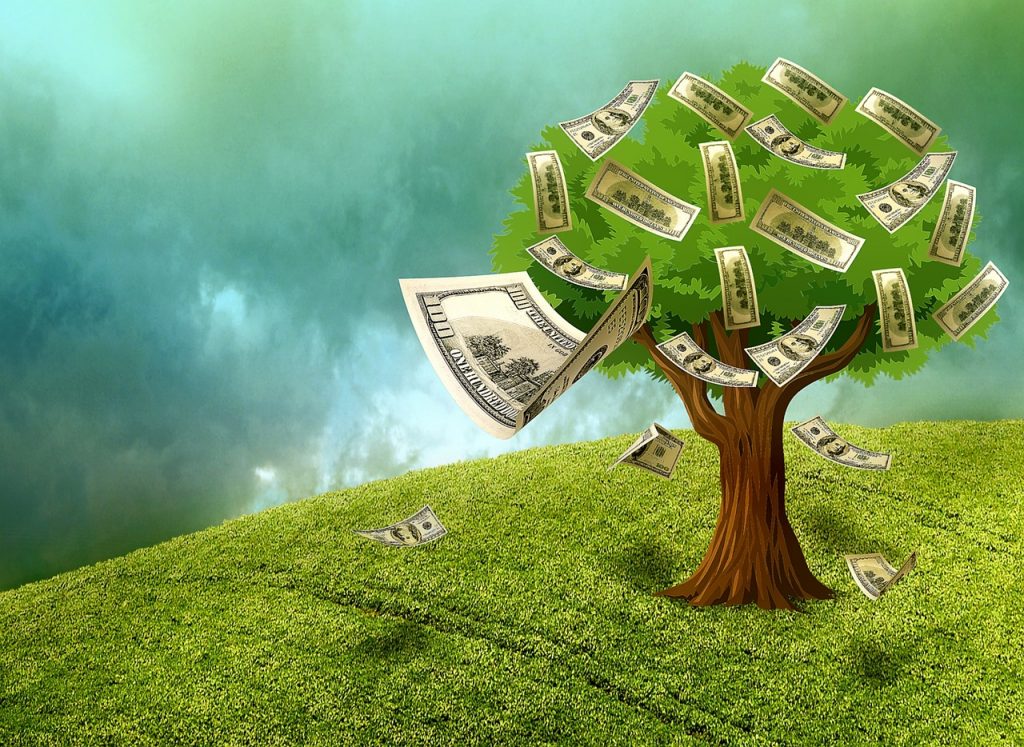Home equity appreciation is soaring thanks to the strong seller’s market. And interest rates remain at historical lows. Both are strong reasons motivating homeowners to refinance mortgages and pull out cash. A cash-out refinance replaces your current home loan with a new mortgage that’s higher than your outstanding loan balance (based on a new appraisal). You can use the cash for pretty much anything that you want. Common uses are a major home remodel, consolidating high-interest debt, purchasing a new car, or other financial goals.

After a brief downturn in home sales when the coronavirus pandemic began, buyers came back in full force. According to CoreLogic, the average home value increased by 6.6% in the second quarter of this year. That amounts to an average of $9,800 per home. And that is only for the most recent financial quarter. Even amid both the health and economic crisis, median home list prices rose 10.8% compared with last year. Anyone that has not refinanced their mortgage during the last several years is likely to have much more equity built up that can be converted into cash at a very low interest rate.
According to Bankrate, “The average 30-year fixed-refinance rate is 2.97%, down 12 basis points over the last week. A month ago, the average rate on a 30-year fixed refinance was higher, at 3.22%.” If you’re considering shorting the number of years you’ll be paying on your mortgage, the average rate for a 15-year fixed refi is hovering around 2.49%.
However, not all is rosy for refinancing mortgages. Fannie Mae and Freddie Mac have imposed an “adverse market” fee that begins December 1 (certain refi mortgages are exempt, including those for loan balances below $125,000). This fee is specifically imposed on lenders but is expected to be passed on to borrowers in the form of slightly higher interest rates. The Mortgage Bankers Association expects it to add an extra 0.125% to 0.25%. The fee is an effort to offset a projected $6 billion in losses related to loans in forbearance with many more loans expected to go into forbearance because the high unemployment rate is expected to continue. This additional fee will be applied at closing. Based on the time lag between applying for a refinance loan and the date of closing, loans being applied for in early October can expect the fee to be effective for a December closing. Applying for a refi loan in the next week or so and locking in the interest rate could avoid a slightly higher interest rate.
Before filling out that application, be aware that you are not likely to be able to pull 100% of the equity out of your house. Lenders generally limit the amount you can withdraw to no more than 80% of your home’s value so that you still have an equity cushion. That 80% means that you’ll maintain 20% equity, which is the trigger point for not needing to pay for private mortgage insurance (PMI).
A mortgage with an outstanding balance of $100,000 but the home appraises at $300,000 will have $200,000 in total equity. At 80% of the equity, you could borrow up to an additional $160,000. The actual amount you receive in cash will be less if you roll application fees, appraisal costs, closing costs, etc. into the new mortgage. Expect to pay about 3% to 5% of the new loan amount for these costs when doing a cash-out refinance. A reasonable expectation is a maximum of $145,000 in cash based on $200,000 of equity.
But this is a new mortgage and you can rewrite the terms and conditions. Maybe your credit score is substantially better than when you took out the original loan. Refinancing to a much lower interest rate will help offset the higher monthly mortgage payment that comes from borrowing more money. If your finances are strong enough, you could refinance to a 15 or 20-year mortgage to shorten the number of years you’ll be paying for your house. Typically, fewer years also means a lower interest rate.
But exercise caution. After all, you are putting your home on the line as collateral. If you overextend yourself, there is always the risk of losing your home to foreclosure. Crunch the numbers carefully to be sure a cash-out refinance is the right move for your financial needs. But now might be the right time for a cash-out refinance as a strategic way to improve your overall finances.
What are your thoughts about today’s refinancing market? Please leave your comment.
Also, our weekly Ask Brian column welcomes questions from readers of all experience levels with residential real estate. Please email your questions, inquiries, or article ideas to [email protected].